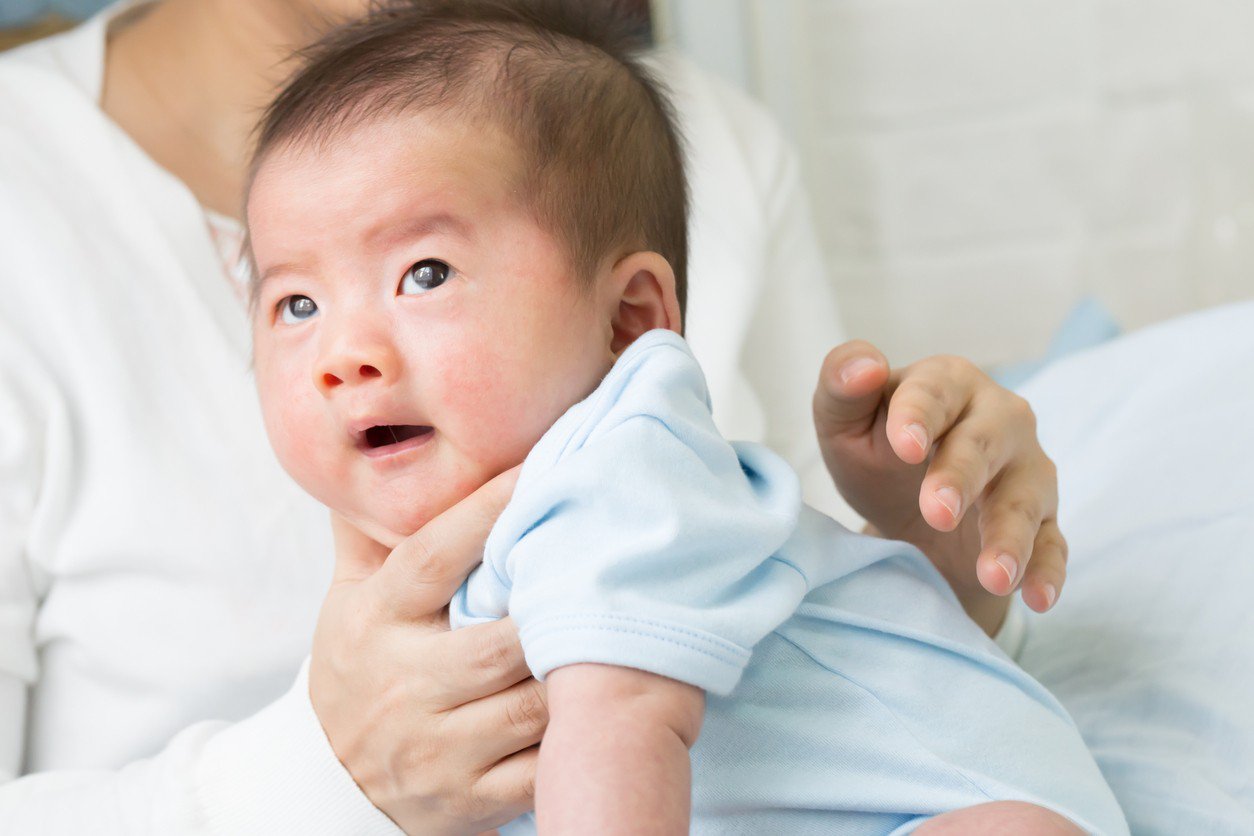What you need to know about cerebral palsy
The article is professionally consulted by Master, Doctor Nguyen Thi Thanh Binh - Rehabilitation Doctor - Department of General Surgery - Vinmec Danang International General Hospital
Cerebral palsy is non-progressive brain damage caused by risk factors occurring before birth, during birth, and after birth up to the age of 5 years. Manifested by motor, intellectual, sensory and behavioral disorders.
Cerebral palsy accounts for 31.7% of the total number of children with disabilities, the rate of cerebral palsy accounts for 1.8‰ children in Vietnam
Cerebral palsy accounts for 31.7% of the total number of children with disabilities, the rate of cerebral palsy accounts for 1.8‰ children in Vietnam
1. Types of Cerebral Palsy
Spastic cerebral palsy: accounts for 70-80% of children with cerebral palsy, spastic paralysis of one limb, hemiplegia, two legs or four limbs may be present. Possible paralysis of the muscles of the neck and pharynx, causing difficulty swallowing, difficulty speaking. Dance cerebral palsy: due to dystonia (muscle tone increases and decreases), manifested by uncontrolled movements, children have difficulty Sitting, staggered gait, difficulty swallowing, difficulty speaking Cerebral palsy ataxia: accounts for only about 10% of children with cerebral palsy, children lose ataxia and coordination, affecting their ability to walk, poor balance, and ease of movement. falls, difficulty with precise movements such as grasping, writing... Cerebral palsy: the child is weak and weak in the whole body due to decreased muscle tone, inability to balance the head and neck, unable to sit and stand. , lying on my stomach, unable to raise my head

Bại não ảnh hưởng rất lớn đến khả năng sinh hoạt cũng như làm việc sau này của trẻ
2. Common disorders in children with cerebral palsy
Movement disorders: Inability to move limbs or movements without rhythm, spasticity in limbs, inability to perform gross movements such as not rolling over, crawling, crawling, not being able to sit or stand, or walk. cannot be held by hand. Swallowing disorders: difficulty sucking, choking, drooling, inability to close or open mouth Language disorders: Difficulty speaking, difficulty choosing words, incorrect pronunciation, slurred speech or complete loss of language Intellectual disturbance : Decreased cognitive ability, retardation, learning difficulties Visual disorders: Children may have refractive errors, strabismus, unilateral or bilateral visual disturbances, a small number of unilateral or bilateral blindness Disorders Hearing: Hearing loss, especially high-frequency deafness, is common in children with cerebral palsy due to kernicterus or complete deafness.
3. How to prevent cerebral palsy?
Most cases of cerebral palsy that have occurred cannot be prevented or reversed, but you can follow the guidelines below to reduce your child's risk of developing cerebral palsy. If you are pregnant or planning to become pregnant, you can take the following steps to stay healthy and reduce pregnancy complications:
Mothers should be vaccinated before becoming pregnant. Vaccinating against diseases like rubella is the best way to prevent cerebral palsy before pregnancy, because it prevents the infection from causing brain damage to the unborn baby. Take care of yourself. The healthier you are during pregnancy, the less likely you are to get an infection that leads to cerebral palsy. Periodic and continuous maternity health check-ups at health facilities. Regular visits with your doctor during pregnancy are a good way to reduce risks to both you and your baby's health, such as preventing premature birth, low birth weight, and infections. Safe child care. Prevent head injuries by using child restraints in cars, wearing helmets when riding bicycles or motorbikes, using safety barriers in bed, and regularly supervising and monitoring children. Do not use alcohol, tobacco and illegal drugs. These substances have been shown to be associated with an increased risk of cerebral palsy in the fetus.

Thuốc lá hay các loại thuốc kích thích làm tăng nguy cơ bại não
Cerebral palsy is a dangerous disease that leaves sequelae affecting a child's whole life, so measures to prevent this disease from the fetus are very important.
Vinmec International General Hospital has applied stem cell method to successfully treat many cases of cerebral palsy that seemed hopeless. The whole process of stem cell transplantation for cerebral palsy at Vinmec International Hospital is performed very closely, ensuring safety in accordance with international standards, bringing positive treatment results to patients. Accordingly, all surgeries are performed by leading experts and doctors, with a system of modern machinery and medical equipment, and quality medical services. In addition, Vinmec has also developed a standard transplant procedure so that it can share experiences with colleagues, create more opportunities for treatment for children with cerebral palsy across the country, and bring hope for a bright future. more for you and your family.
To register for examination and treatment at Vinmec International General Hospital, you can contact Vinmec Health System nationwide, or register online HERE.
References: cdc.gov, mayoclinic.org





